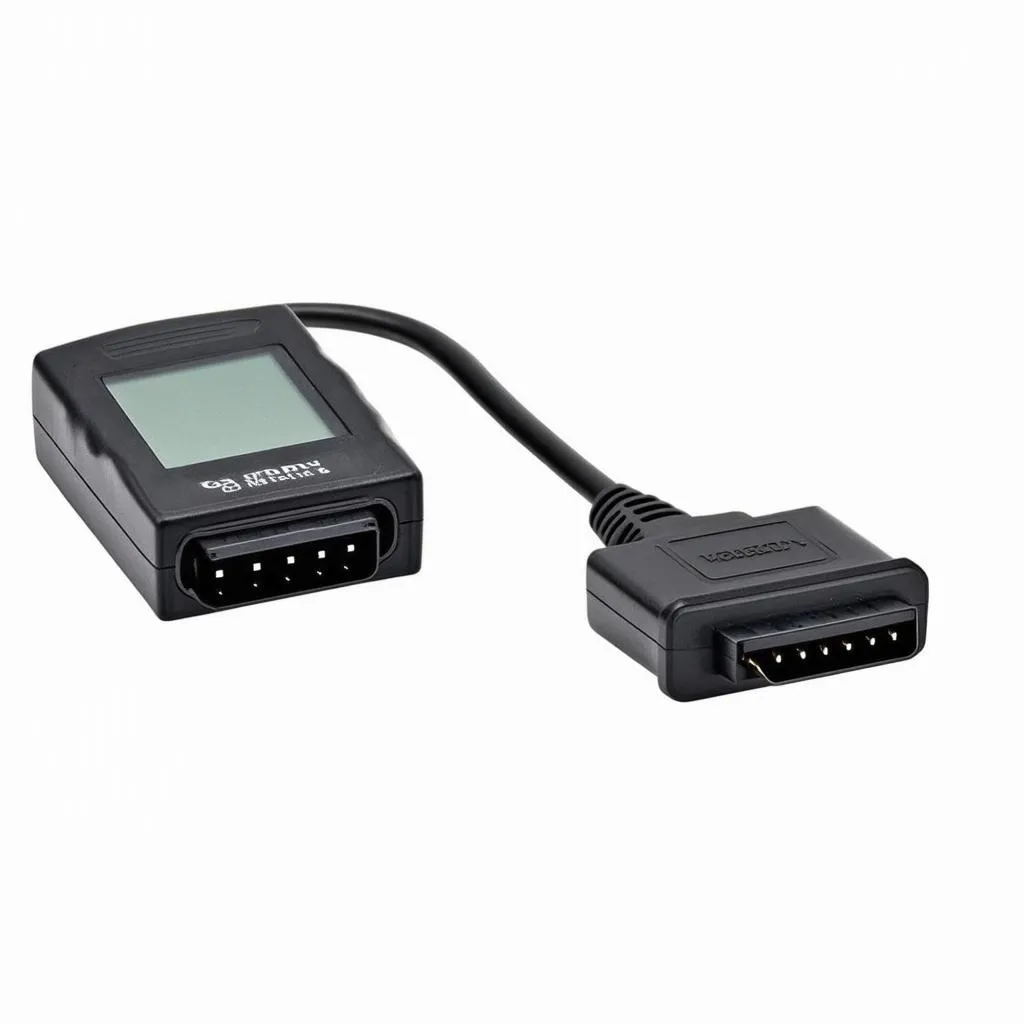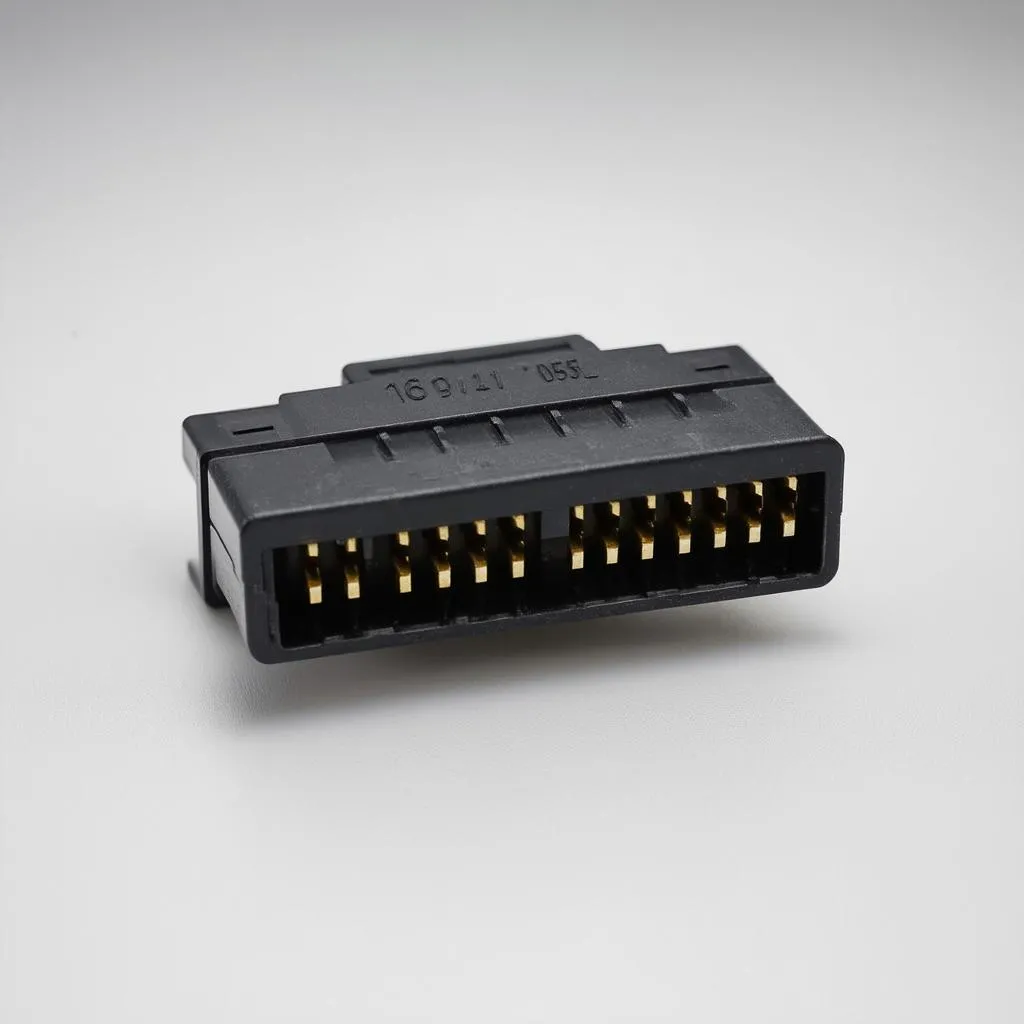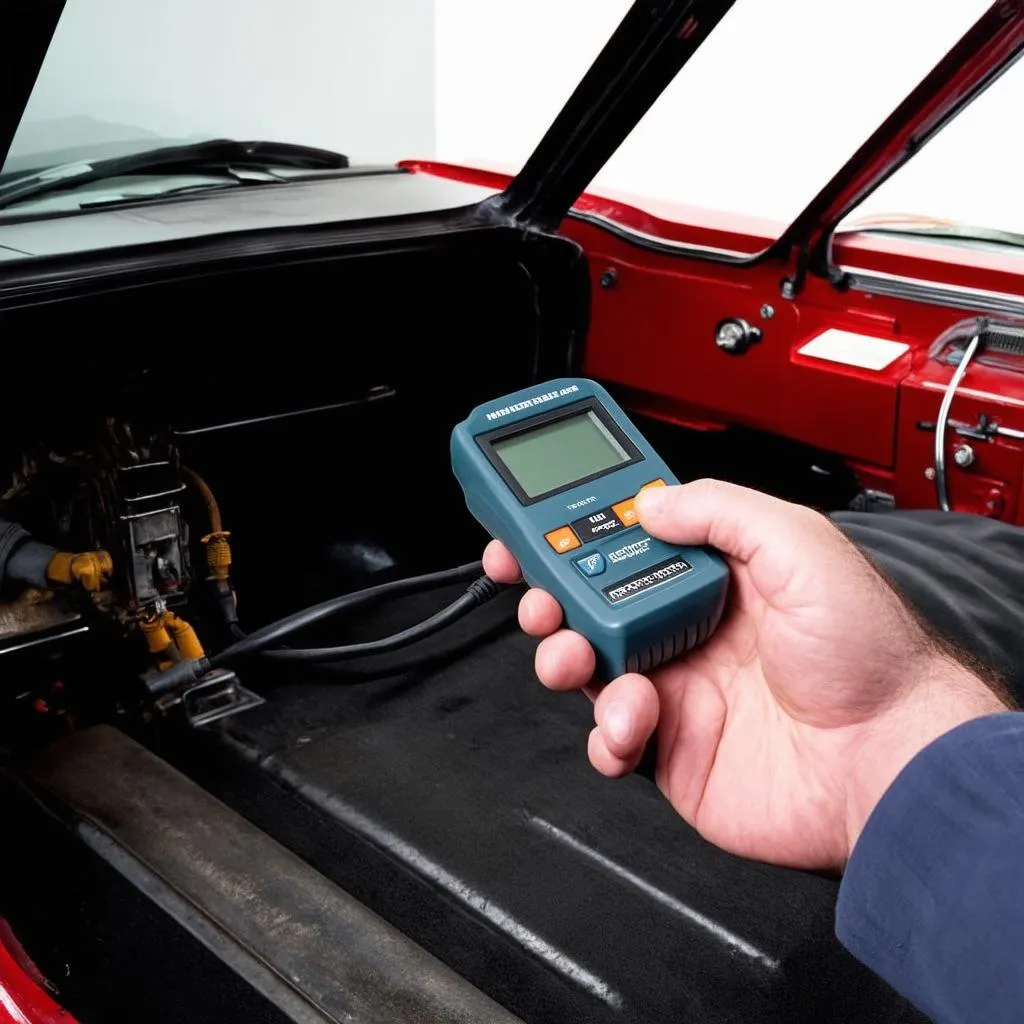Have you ever wondered about the mysterious world of OBD-1? It’s like a hidden language whispered by your car, waiting to be deciphered. You might be curious: “Can I Scan Obd-1?” The answer, as with many things in life, is both yes and no. It all depends on your car and what you want to achieve. Let’s dive in and unravel this intriguing topic!
The Mystery of OBD-1: What Does It Mean?
OBD stands for On-Board Diagnostics, a system designed to monitor your car’s health. Imagine it as a tiny detective inside your vehicle, constantly collecting clues about its performance. OBD-1 is the first generation of this system, used in vehicles primarily between 1981 and 1995.
OBD-1 and the Language of Your Car: Think of OBD-1 like an early language, with simpler grammar and vocabulary. It can tell you about basic issues, such as a misfire or an emission problem. But it lacks the detailed insights of its successor, OBD-2.
The Importance of OBD-1: Even though it’s “old school,” OBD-1 plays a crucial role in understanding older vehicles. If you own a classic car or are working on a restoration project, OBD-1 can be your key to troubleshooting and ensuring optimal performance.
Decoding the Answer: Can I Scan Obd-1?
The answer depends on what you’re hoping to achieve:
1. Accessing Basic Information: Yes, you can scan OBD-1 to access essential information. However, you’ll need a dedicated OBD-1 scanner, which may be harder to find than OBD-2 scanners.
2. Deep Diagnostic Capabilities: OBD-1 doesn’t provide the in-depth diagnostic capabilities of OBD-2. While you can identify some issues, it won’t offer the same level of precision.
3. Compatibility with Modern Scanners: Many modern OBD-2 scanners are not compatible with OBD-1 systems. You’ll need a specialized OBD-1 scanner to interact with older vehicles.
The Quest for Information: Understanding OBD-1
The truth about OBD-1, my friend, is that it’s a different beast altogether. OBD-2 is like a modern language, with detailed grammar and a vast vocabulary. OBD-1, however, is a bit like an ancient dialect, with its own unique structure and limitations.
Let’s explore the key differences:
1. Data Accessibility: OBD-1 provides limited data compared to OBD-2. It focuses on basic diagnostics related to emissions and engine performance.
2. Standardized Protocols: OBD-2 adheres to standardized protocols, making it universally compatible with most scanners. OBD-1, however, lacks a unified standard, leading to variations between manufacturers.
3. Diagnostic Power: OBD-2 offers extensive diagnostics, covering various vehicle systems and components. OBD-1 is more rudimentary and may not be as comprehensive in its insights.
Navigating the Maze: How to Find the Right OBD Scanner
If you’re keen to delve into the mysteries of OBD-1, finding the right scanner is crucial. Here’s what you need to keep in mind:
1. OBD-1 Compatibility: Ensure the scanner is specifically designed for OBD-1 vehicles. Look for features like “OBD-1 compatibility” or “OBD-1 supported.”
2. Specific Make and Model: OBD-1 protocols can vary between manufacturers. Consider researching specific scanners designed for your vehicle’s make and model.
3. Advanced Features: Some OBD-1 scanners offer additional features, such as data logging or live data streaming. Determine your needs and choose a scanner accordingly.
Unveiling the Secrets: OBD-1 in Action
Imagine you’re driving your classic muscle car and suddenly notice a strange sputtering sound. You suspect a misfire. With an OBD-1 scanner, you can identify the specific cylinder causing the problem, helping you diagnose the issue quickly.
OBD-1 can also provide valuable insights into your car’s emissions system. If you’re preparing for a smog check or want to ensure your car is running clean, OBD-1 can be a valuable tool.
The Future of the Past: OBD-1 and Its Legacy
Although OBD-2 has taken center stage, OBD-1 remains relevant for those passionate about classic cars and automotive history. It serves as a reminder of the journey towards modern automotive diagnostics and the ever-evolving nature of technology.
FAQ: Common Questions About OBD-1
1. Can I use an OBD-2 scanner for OBD-1?
Unfortunately, no. OBD-2 scanners are not compatible with OBD-1 systems. You’ll need a specific OBD-1 scanner.
2. Where can I find an OBD-1 scanner?
You can find OBD-1 scanners online, at automotive parts stores, or specialized automotive repair shops.
3. Is OBD-1 still used in modern cars?
No, OBD-1 is not used in modern cars. OBD-2 is the standard diagnostic protocol for vehicles manufactured after 1996.
4. What are some common OBD-1 codes?
OBD-1 codes are typically 2-digit codes, such as “12” or “21.” You can find a comprehensive list of OBD-1 codes online or in automotive repair manuals.
5. What is the difference between OBD-1 and OBD-2 connectors?
OBD-1 connectors have a 16-pin layout, while OBD-2 connectors have a 16-pin layout but with a different pin configuration.
The Connection: OBD-1 and Your Automotive Journey
OBD-1, despite its age, holds a special place in the automotive world. It represents a key milestone in our understanding of vehicle diagnostics and the ever-evolving connection between humans and machines. While OBD-2 may be the modern standard, OBD-1 remains a valuable resource for anyone who loves the history and technology of older vehicles.
If you have any questions or need assistance with OBD-1 diagnostics, don’t hesitate to contact our team of expert mechanics. We’re here to help you navigate the mysteries of your car’s hidden language!
 OBD-1 scanner
OBD-1 scanner
 OBD-1 connector
OBD-1 connector
 Classic car OBD-1
Classic car OBD-1
Contact us today via Whatsapp: +84767531508 for 24/7 expert assistance.
Remember, understanding your car’s history can help you appreciate its present and future. Happy driving!